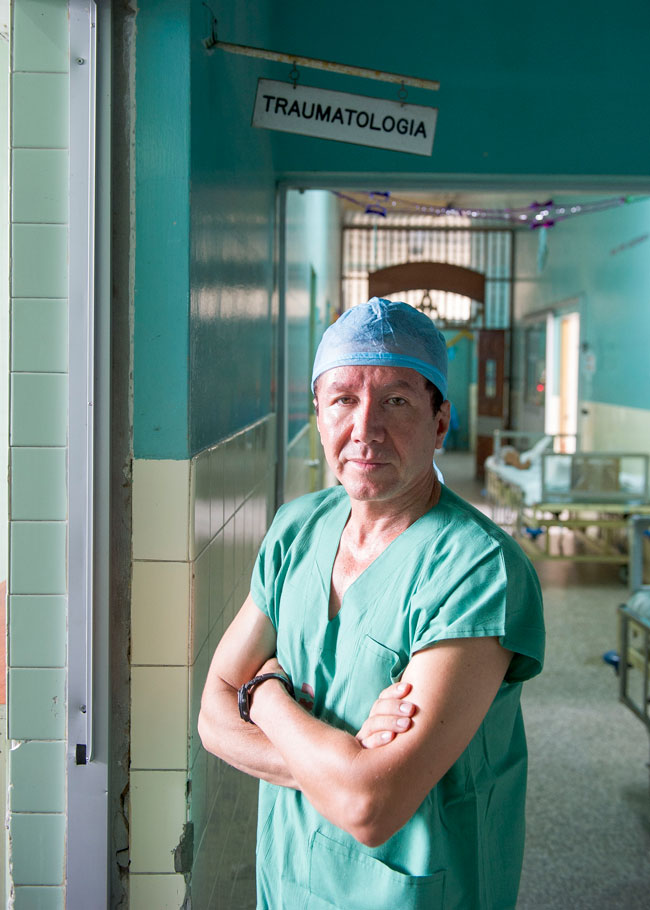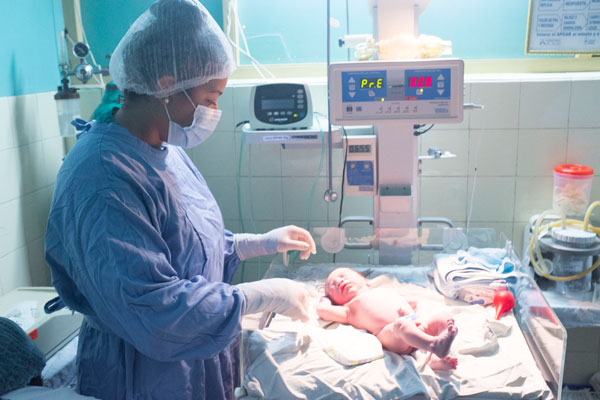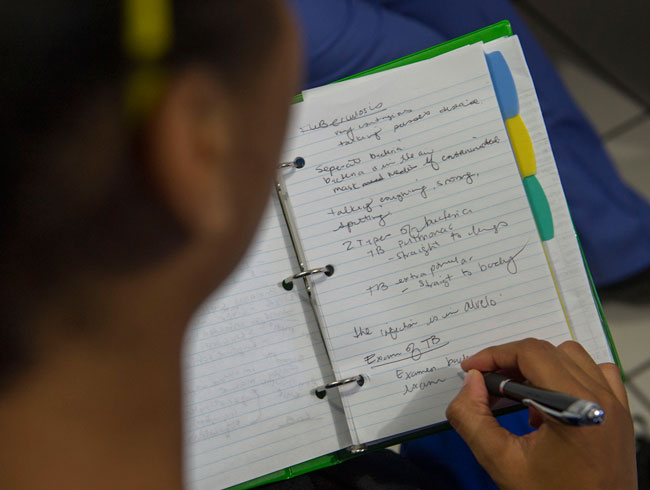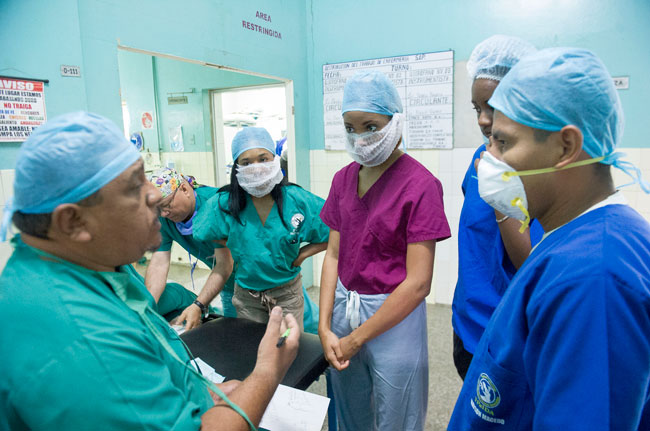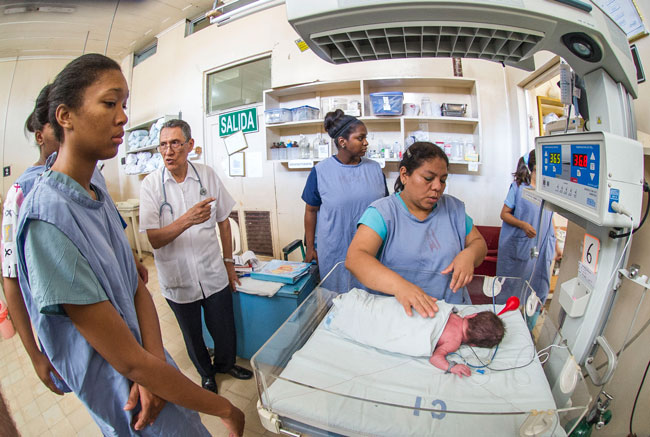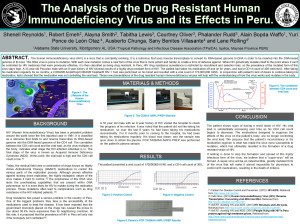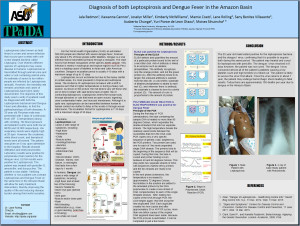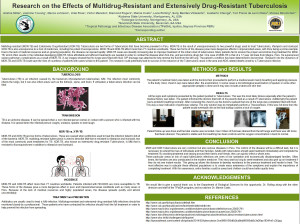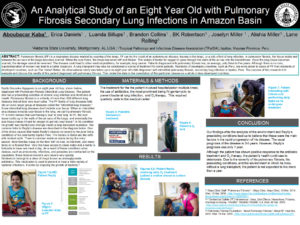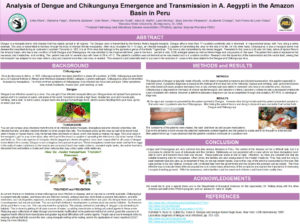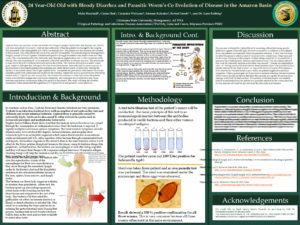Research & Abstracts
TPaIDA NGO Research & Abstracts
The Tropical Pathology and Infectious Disease AssociationTM, Inc. (TPaIDA NGO, Inc.) has a list below of various case reports taht have been documented and displayed for you to study and learn from.
Congenital Transmission of Dengue in Iquitos, Peru: A Case Report
Courtney Oliver1, Phalander Rudd1, Robert Emeh1, Erik Sesma, Alain Bopda-Waffo1, Herman Silva Delgado2, Moises Sihuincha Maldonado2, Sany BenitesVillasante2, and Lane Rolling2*
1.Alabama State University, Montgomery, AL USA
2.Tropical Pathology and Infectious Disease Association (TPaIDA), Iquitos, Maynas Province PERU
*Corresponding author
Since the 2011 dengue virus epidemic within the urban city of Iquitos, Peru, there has been an acute increase in the number of people have who contracted debilitating dengue-related infections. Among these infected patients, there has also been an alarming rate of neonatals who have contracted dengue virus through congenital transmission. This study focuses upon a case of congenital transmission of dengue in Iquitos, Peru as well as its epidemic impact. In this case, a neonate born to a 21 year old mother with late stage dengue hemorrhagic fever, was also diagnosed with the infection. The infection was congenitally passed from mother to child. The mother died postpartum from multi-organ failure due to severe dengue as confirmed by NS1 Antigen and Positive IgM. The neonate did not present any complications until four (4) days after birth. The neonate showed signs of fever, jaundice, plasma leakage, thrombocytopenia, hepatomegaly, and ascites. RT-PCR confirmed Dengue serotype 2 in the neonate. At present, the infant is not displaying clinical symptoms. While reporting the prognosis of the surviving infant, the relevance of this specific case to the general idea of congenital transmission of dengue will be acknowledged. As there is no specific treatment for dengue infections, this case report, including the surviving infant’s prognosis, will be used to show the importance of the epidemiology of this disease in third world societal environments. This report also sheds light on possible clinical regimens that may be effective among neonatal patients infected with dengue virus.
Neonatal Transmission of HIV/Syphilis in Iquitos, Peru: A Case Report
Kasey Martin1, Tabitha Lewis1, Carla Arismendi 2, Genesis Green2, Herman Silva Delgado3, Moises Sihuincha Maldonado3, Sany Benites Villasante3 and Lane Rolling3*
1.Alabama State University, Montgomery, AL USA
2.Southern University and Agricultural and Mechanical College, Baton Rouge, LA USA
3.Tropical Pathology and Infectious Disease Association (TPaIDA), Iquitos, Maynas Province PERU
*Corresponding author
Indigenous people in Iquitos, Peru and in the Amazon Jungle do not use contraceptives. Prophylactic condoms are not used by this population of over 80,000 people. Because “safe sex” is not practiced in the Amazon Basin, sexually transmitted diseases are readily contracted. This report observes a case of a two day old neonate born with HIV and syphilis. In this case, the father did not inform the mother that he had HIV and syphilis. Since the mother was unaware, it impossible for the neonatologist and OB/GYN to treat her and prevent transmission of both infections to the unborn offspring. The purpose of the study was to gain knowledge about neonatal transmission of HIV and syphilis. Some of the clinical manifestations in the neonate include blindness, cutaneous lesions on the palms and soles, hepatomegaly, jaundice, anemia, snuffles, and periostitis of long bone. Cerebral spinal fluid tests were administered and resulted in a positive VDRL. An HIV test on the neonate was positive per ELISA. Upon diagnosis, the neonate was placed on a penicillin G and infant antiretroviral therapy (ART) regimen. Despite the clinical manifestations, the neonate was marginally well. Motor skills were satisfactory, and more tests are being administered. Syphilis and HIV still have a tremendous impact in today’s society. The basic biology of the diseases has not changed, but more robust education among individuals in third world countries is direly needed. Education may have the greatest impact to help reduce infectious disease burden and improve the quality of life.
Neonatal Transmission of Malaria in the Peruvian Amazon Basin
Domonique Dail1, Alicia Hynson1, Alyna Smith1, Herman Silva Delgado2, Moises Sihuincha Maldonado2, Sany Benites Villasante2, and Lane Rolling2*
1.Department of Biological Sciences, Alabama State University, Montgomery Alabama
2.Tropical Pathology and Infectious Disease Association (TPaIDA), Iquitos, Maynas Province PERU
*Corresponding author
Malaria is a vector- transmitted disease spread by the Anopheles mosquito. The causative parasite, Plasmodium, has four known species that infect humans: falciparum, ovale, vivax and malariae. During pregnancy, the parasite prevents the uterus from growing, thereby interrupting fetal growth and causing death in utero. Our objectives were to examine cases of babies that survive gestation and delivery to malaria infected mothers to determine whether the transmission of malaria is maternal or are these infected infants generating immunity to the malaria pathogen thus, resulting in full development. A 1 day old was seen in Neonatal unit with signs of fever, restlessness, drowsiness, pallor, jaundice, poor feeding, vomiting, diarrhea, cyanosis, and hepatomegaly. The baby was full-term. The child’s Mother had treatment for Plasmodium vivax during pregnancy. She had been treated with Chloroquine phosphate and Primaquine phosphate. The mother was slightly anemic with Hemoglobin of 9.5 g/dl and examination of her blood by Giemsa staining revealed the presence of enlarged red blood cells containing trophozoite forms. Examination of blood film from baby by Giemsa staining was positive for Plasmodium vivax. Treatment of neonate with Chloroquine phosphate was started. Transmission of Malaria to infants has a serious impact on societies of developing countries. The impact is economic, social and the health care burden is tremendous. This tends to keep a country from advancing. When a country is burden with the impact of diseases it impacts the whole society. By improving health care, prevention, sanitations we can improve a society.
First Reported Diagnosis of Transplacental Transmission of Toxoplasmosis in the Peruvian Amazon Basin.
Shenell Reynolds1, Fred Yeboah1, Calvinesha Weaver2, Charles Deshay3, Karyn Scissum Gunn1, Herman Silva Delgado4, Moises Sihuincha Maldonado4, Sani Benites Villasante4 and Lane Rolling4*
1.Alabama State University, Montgomery AL USA
2.Dillard University, New Orleans LA USA
3.Huston-Tillotson University, Austin TX USA
4.Tropical Pathology and Infectious Disease Association (TPaIDA), Iquitos, Maynas Province PERU
*Corresponding author
Abstract
Toxoplasmosis is an infectious disease caused by Toxoplasma gondii (T. gondii), an apicomplexan parasitic protozoan. Per the World Health Organization (WHO), Toxoplasma sp. are ubiquitous with seropositivity rates ranging from 10%-90% worldwide. Transplacental T. gondii transmission has rarely been documented. The objective of this study was to verify the first reported diagnosis of transplacental transmission of Toxoplasmosis in the Peruvian Amazon Basin. A 3-week old Peruvian neonate was presented with a history of seizures, fever, rash, fatigue and failure to thrive. The mother demonstrated no signs of T. gondii infection during pregnancy. The TORCH panel test was routinely administered during her final month of pregnancy. Physical examination and computed tomography (CT) was conducted on the infant, and the mother’s TORCH panel data were evaluated to confirm possible transplacental transmission of T. gondii. Maternal IgG indicated past infection in the mother. The TORCH panel confirmed Toxoplasmosis. The mother was immediately treated with pyrimethamine, sulfadiazine and leucovorin. Physical examination of the infant revealed chorioretinitis, microcephaly and lymphadenopathy. The infant CT scan showed a profusion of bleeding in the left hemisphere of the brain. The infant’s prognosis is poor, with the high likelihood of severe mental retardation if it survives. This first documented case of transplacental transmission of T. gondii in the Peruvian Amazon Basin may highly impact protocols using TORCH panels for early screening for possible transplacental transmission of T. gondii. Earlier detection will allow for treatment intervention, thereby improving the quality of life and reducing disease burden among third world societies.
Key Words: Toxoplasmosis, transplacental transmission, T. gondii, TORCH panel
Chronic ankle instability: Evaluation with MR arthrography, MR imaging, and stress radiography
An Analytical Study of an Eight Year Old with Pulmonary Fibrosis Secondary Lung Infections in Amazon Basin
Analysis of Dengue and Chikungunya Emergence and Transmission in A. Aegypti in the Amazon Basin in Peru
24 Year-Old Old with Bloody Diarrhea and Parasitic Worm’s Co Evolution of Disease in the Amazon Basin

Document
Application of drugs in prevention of Amputation
